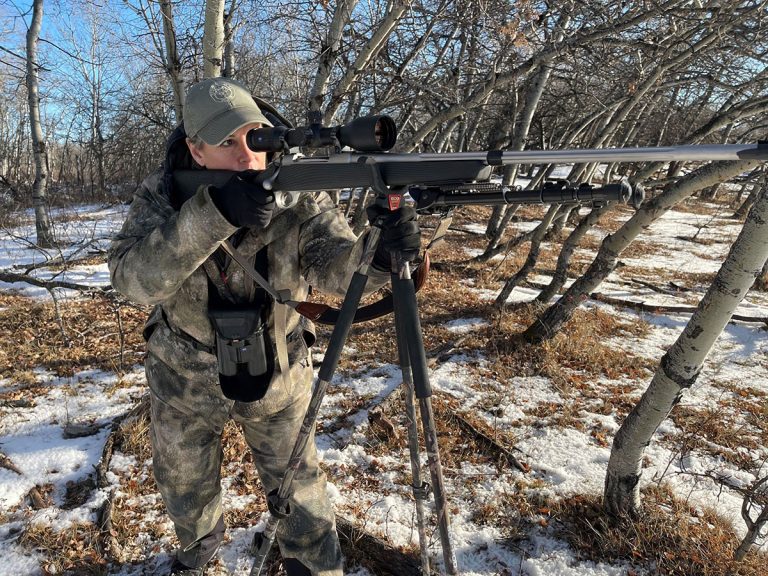Expert Tips & Recommendations
Jeff Cooper is credited with saying, “Beware the man with one gun. He can probably use it.”
He’s likely not wrong. A shooter that becomes intimately familiar with his firearm is likely very capable. I definitely can’t speak from experience, however, as I love shooting a multitude of firearms. During a typical hunting season, I’ll head afield with a half dozen or more different rifles, depending on what I’m hunting, where I’m hunting and occasionally just what mood I’m in. I love hunting rifles and have way more than I could ever use in a single season. While many may think that doesn’t qualify me to talk about hunting with only one rifle, I think it gives me a good understanding of what each is capable of. If you’ve only ever hunted with one, that’s all you know is that one.

One Rifle Anatomy
If I were a one-rifle hunter, I’d choose a bolt-action rifle for the task. Bolt actions are virtually bombproof and can withstand a lot of abuse. They don’t require constant cleaning and perform well in all weather conditions. A bolt action is extremely safe in the fact that it can be carried with an empty chamber and a round slid in quickly when required. They also offer the option of a quick follow up shot if required. Personally, I’d pick a rifle with a detachable magazine for ease of loading and unloading but it wouldn’t be a deal breaker if it had a floor plate.
With a rifle that’s going to see use in a wide variety of conditions, I prefer to have a synthetic stock. They are typically lighter in weight and handle rain and snow with no issues. I’m not easy on my rifles either and synthetic stocks are more impervious to scratches and dents. If you are dead set on having a wood stock, then by all means get one but other than aesthetics, I can’t think of a reason to have one on an all-round rifle. But I’ll admit, a fine wood stock is something to be admired. My personal preference for an all-round rifle that was to see limited time in the mountains would be one that tipped the scales at 6.5-7.5 pounds bare. Most people don’t shoot the super light-weight rifles well, but you don’t want something that’s so heavy that it’s uncomfortable to carry all day. This seems to be the sweet spot.
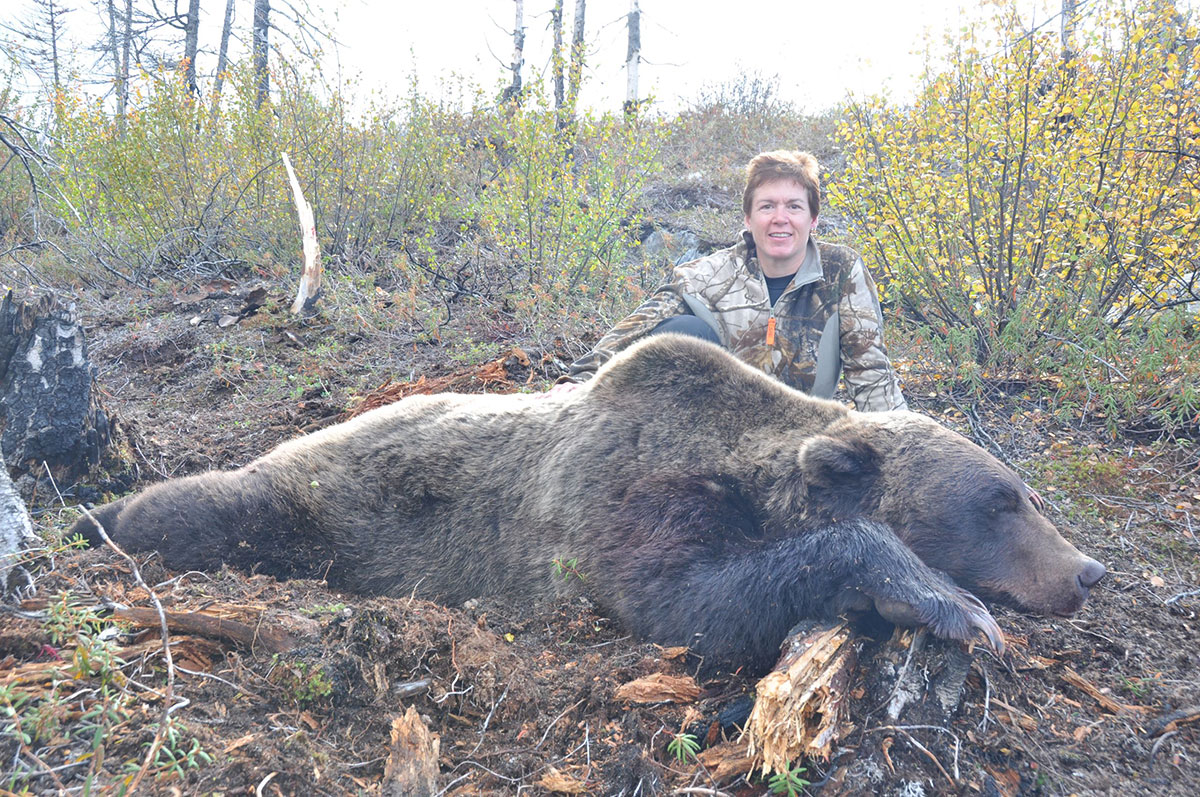
One Rifle Scope
The scope a rifle wears is contingent on many factors but in this case, I’m going to want a scope that is as at home in the dense hardwoods as it is in the foothills of the west. Despite all the long-range rage on social media and television, most shots taken at animals are sub 300 yards. So, for our all-round rifle, let’s push that a bit, say to 500 yards for those hunters using it on elk and mule deer. I would consider a 3-9 scope the absolute minimum if you never shoot beyond 300 yards and if you want to stretch it a bit, then I’d move up to a 4-12 or 3-18. The extra magnification is a must for repeatability at longer ranges. With a quality scope with good lenes and coatings, you can get away without going to a large objective lens and have it appear just as bright as a poor quality scope with a larger objective lens. I prefer an objective lens between 42-44mm on my lower magnification scopes but the larger 50mm objective is nice once you get in in excess of 14 power.
The scope should have some sort of ballistic compensation as well, whether that be an external MOA turret or a ballistic-style reticle. The days of hold over and Kentucky windage are behind us. Most scope manufacturers now offer some sort of ballistic compensation even in their mid-range scopes. Both systems work well and it’s a matter of choosing the one you are most comfortable with and becoming intimately familiar with it. If you can’t place the crosshairs exactly where you want the bullet to strike, through a variety of ranges, you shouldn’t be taking the shot. Scopes with ballistic compensation allow you to this.
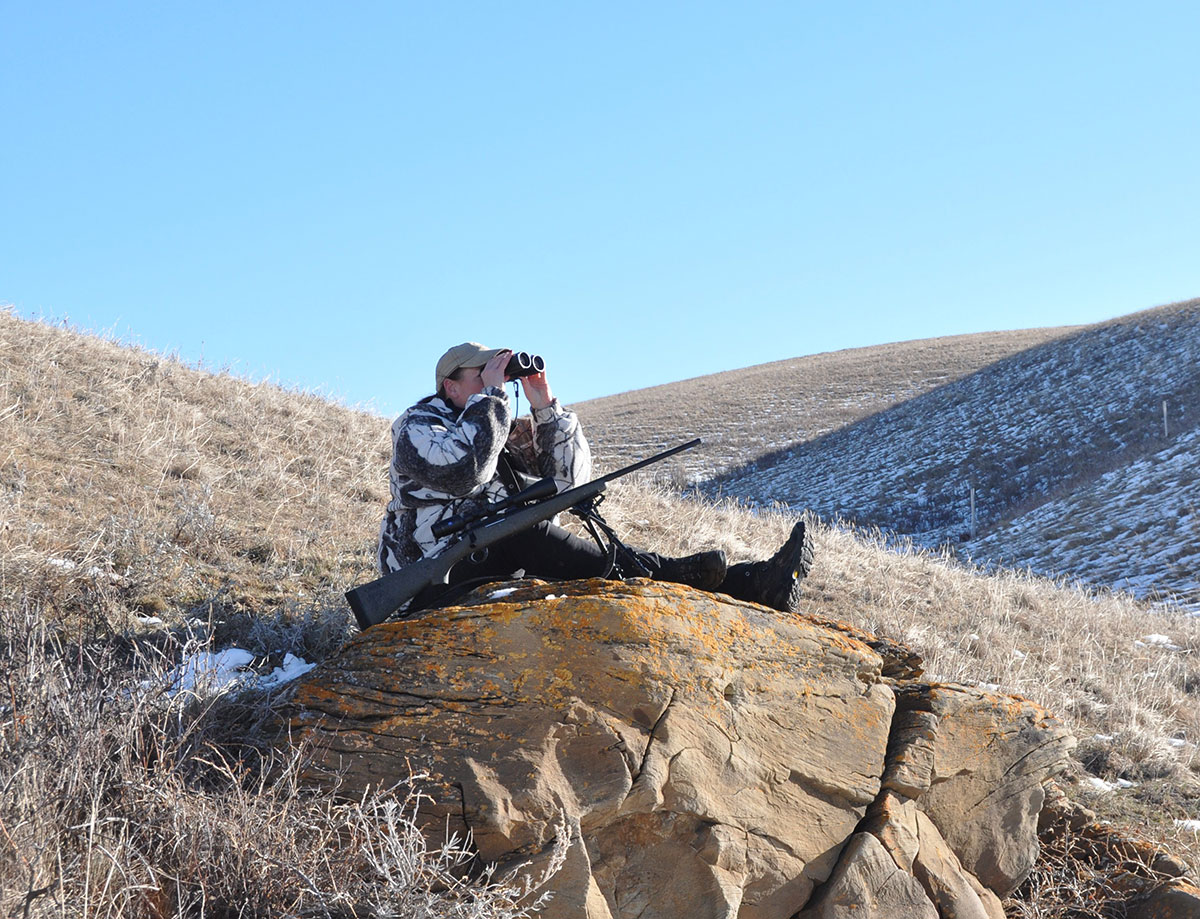
One Rifle Cartridges
You might be surprised that I don’t list many of the newcomers to the cartridge world here and the biggest reason for that, is there are many well established cartridges that can easily get the job done and are available in a wide variety of firearms. That’s not to say that the 300 PRC and 300 WSM aren’t just as capable as the 300 WM but the 300WM is just more readily accessible. If one of the new cartridges with a similar ballistic profile to the ones I list appeal more to you, of course they will work just as well.
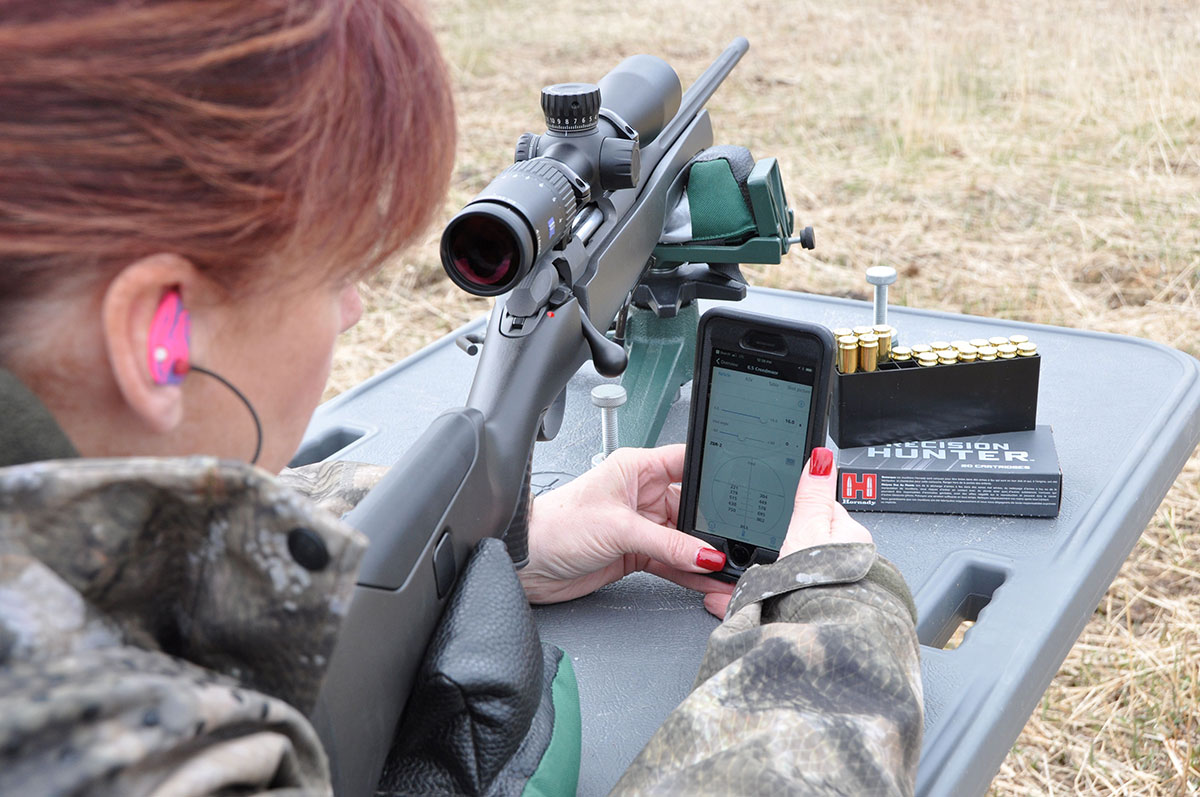
30-06 Springfield
As the name implies, this cartridge has been around since 1906 and no list of all-round cartridges would be complete without it. With the bevy of new .308 calibre bullets around these days, they have turned this 250-yard cartridge into a legitimate 400-yard-plus contender. The Springfield is just as at home in the deer woods of the east as it is in the foothills of the west for elk. Recoil is relatively mild, especially when shooting lighter-weight bullets. Loaded with a 165-grain Hornady CX bullet for example, you’re looking at muzzle velocity of 2,940 feet per second (fps) and it still has close to 2,000 impact velocity at 500 yards. This is ample velocity for this mono metal to still penetrate and expand but still very pleasant on the shoulder.
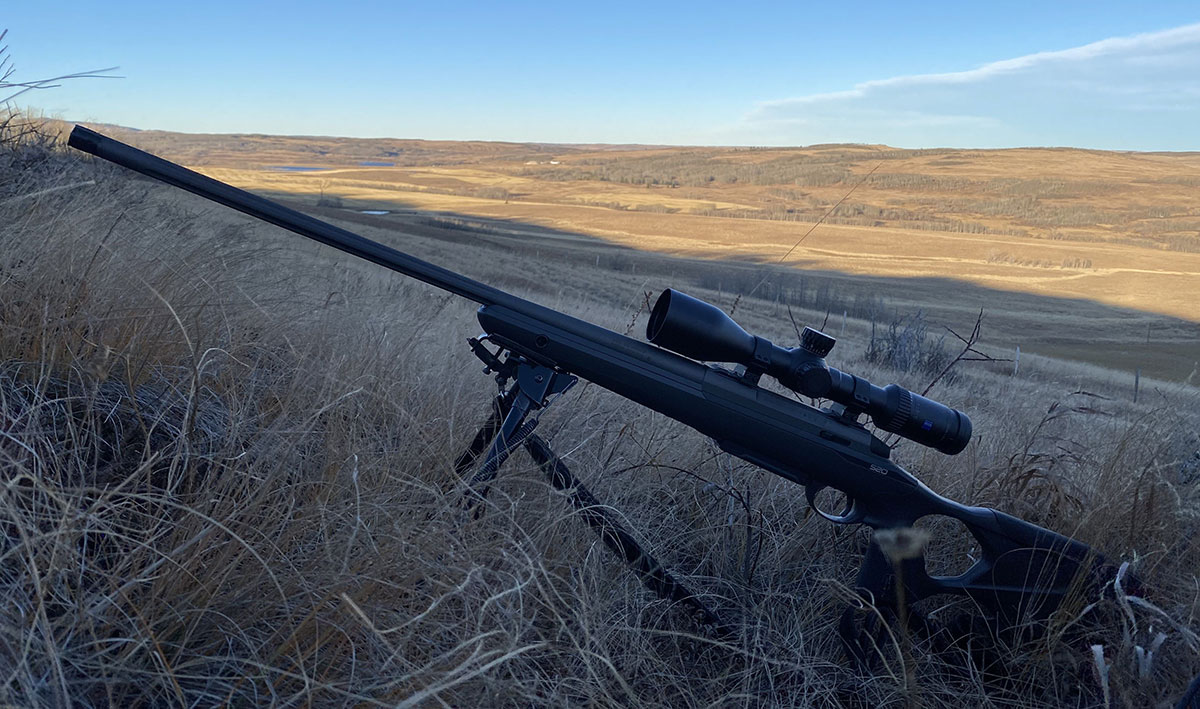
Unless you plan on hunting the big bears or bison, and you are content keeping your shots inside 400 yards, you’d be hard pressed to do better than this cartridge. Ammunition is widely available, and the number of rifles chambered in 30-06 is endless. While in a world of new and better cartridges, the Springfield may seem a bit pedestrian, there’s a reason it’s been around over a hundred years. Another cartridge to consider with a similar ballistic profile is the 308 Winchester. It loses about 200fps at the muzzle to the 30-06 but is still very capable to 400 yards. According to Boone and Crockett, the 30-06 has taken more record-book animals than any other cartridge.
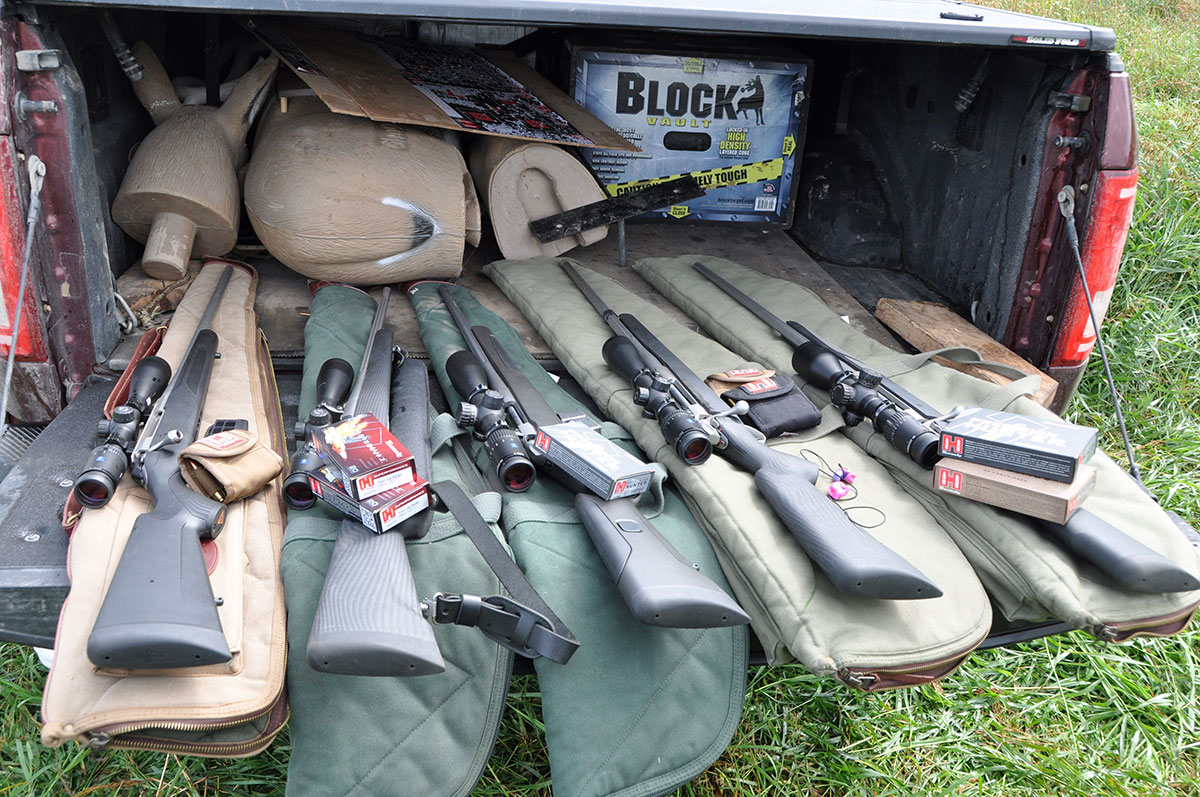
7mm Remington Magnum
I’ve kind of had a love/hate relationship over the years with the 7mm Remington Magnum (7RM) and it wasn’t until recently that this cartridge really came into its own. Since its appearance in 1962, it’s been plagued with poor bullet availability that were either too light with a poor ballistic coefficient or of heavier weight but with a poor aerodynamic profile. The long-range craze has changed all that with availability of some great new bullets, and the 7RM has seen a real resurgence in popularity. It’s a great choice for the shooter looking for a cartridge with both good ammunition availability and availability in numerous brands of rifles. It’s also a good choice for those looking to extend their ranges a bit. It basically does everything the 30-06 does but out to around 700 yards with a long-range bullet like the ELD-X.
The 7RM is more than capable of taking most big game in North America. Again, for the big bears and bison, I’d seek out something larger but for everything short of that, I’m more than comfortable shooting it. For the hunter living in the west, I can’t think of a better option. Other cartridges to consider with a similar ballistic profile would be the 7 PRC, 28 Nosler and 7WSM.
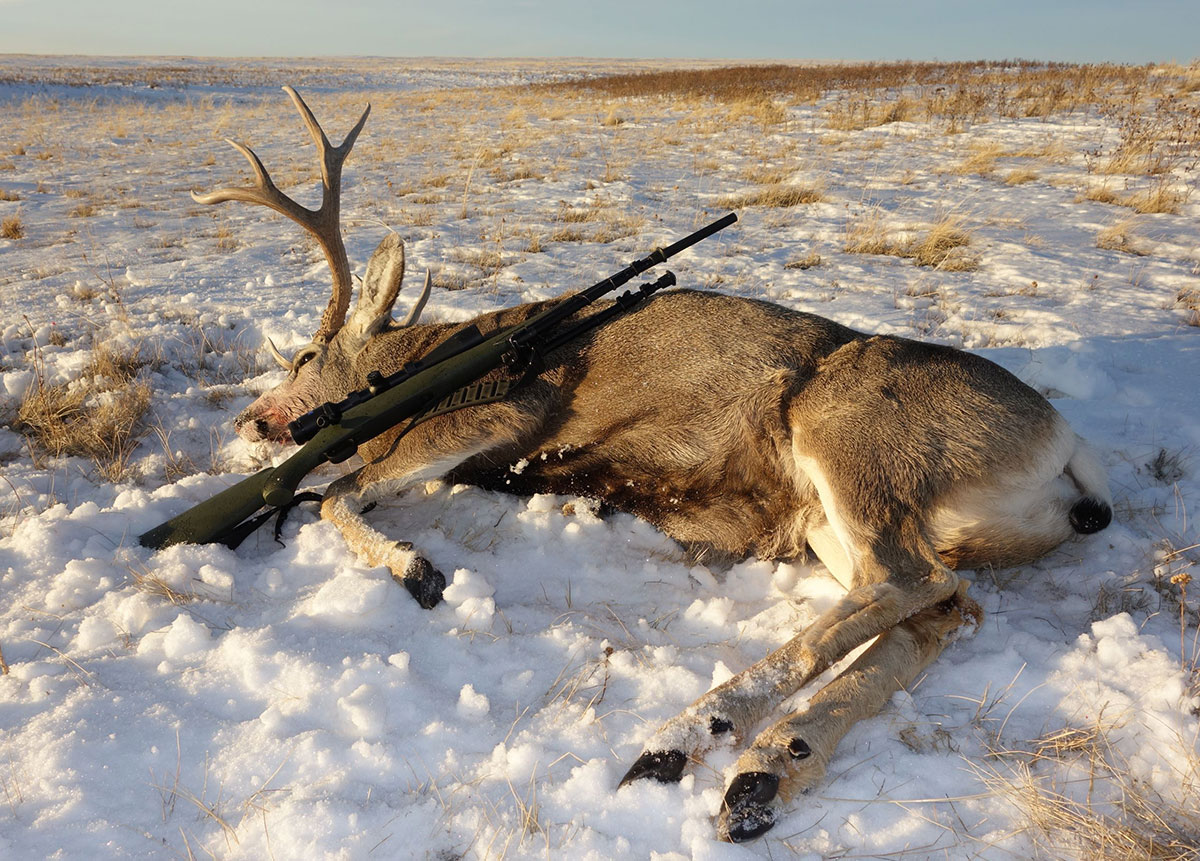
300 Winchester Magnum
If you aren’t recoil sensitive, then the 300 Winchester Magnum (300WM) gets my vote for the most versatile cartridge in North America. For the one-gun hunter wanting to take everything from antelope to bison, the 300WM will do it. Virtually every manufacturer offers ammunition for it and there are countless models of rifles chambered in it. With it launching a 200-grain bullet at nearly 2,900 fps, recoil can be pretty stout, so it’s something to consider, especially if you don’t plan on shooting long range. But if long range and large animals are a possibility, it’s hard to beat.
The 300 WM is more than capable out to 700-plus yards, and it delivers a sizeable projectile to ensure adequate penetration on even the largest game. This is our favorite cartridge to take to Africa for plains game and it’s just as versatile here in North America. If you don’t believe the 300 WM is capable of taking the big stuff, it has taken more Boone and Crockett bison than any other cartridge. Other cartridges with similar ballistic profiles to consider are 300 PRC, 300 H&H and 300 WSM.
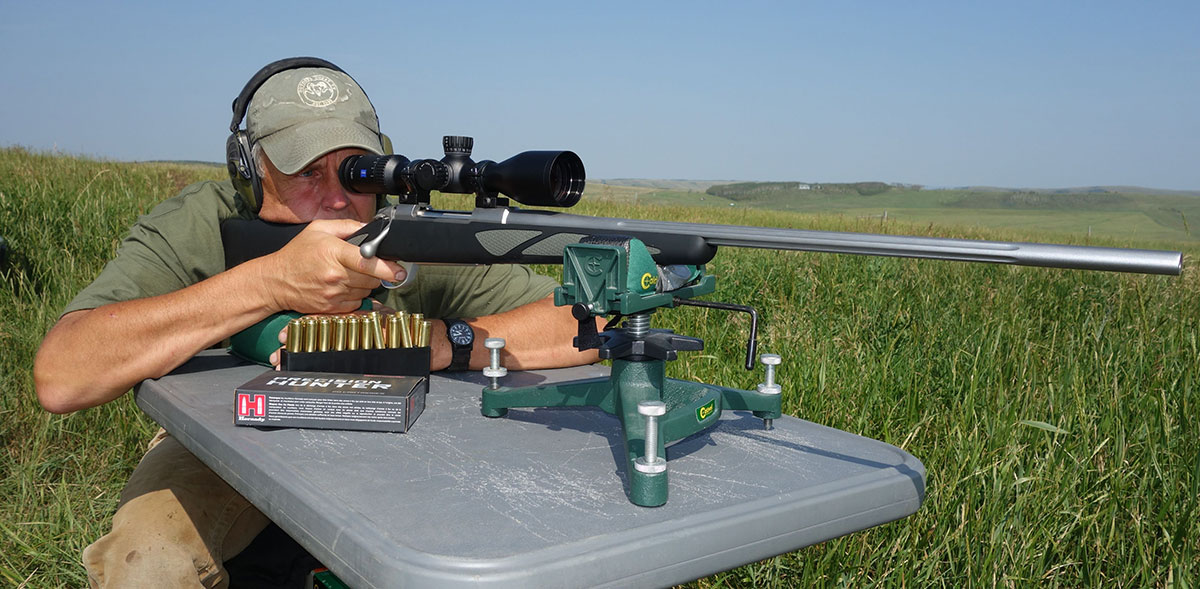
338 Winchester Magnum
I hesitate to add the 338 Winchester Magnum (338 WM) to this list but it’s hard to argue its versatility on North American game. I shot one for quite a few years using 185-grain bullets and recoil was actually pretty manageable. It wasn’t a lot different than shooting a 300 WM. But where the 338 WM really shines is when you bump up to 225-230-grain bullets, but with that comes a big increase in recoil. For those living in Alaska or western Canada, that routinely hunt bison and moose, this is a great choice but for those that see more time chasing deer, it produces a lot of recoil for no real gain. When I was guiding in Canada’s north, I had a custom 338 WM built that served as a great back up gun for clients but also as some good bear medicine if an issue ever arose. Vanessa took her Yukon grizzly with one at nine yards and at that point I was happy she was packing the big magnum.
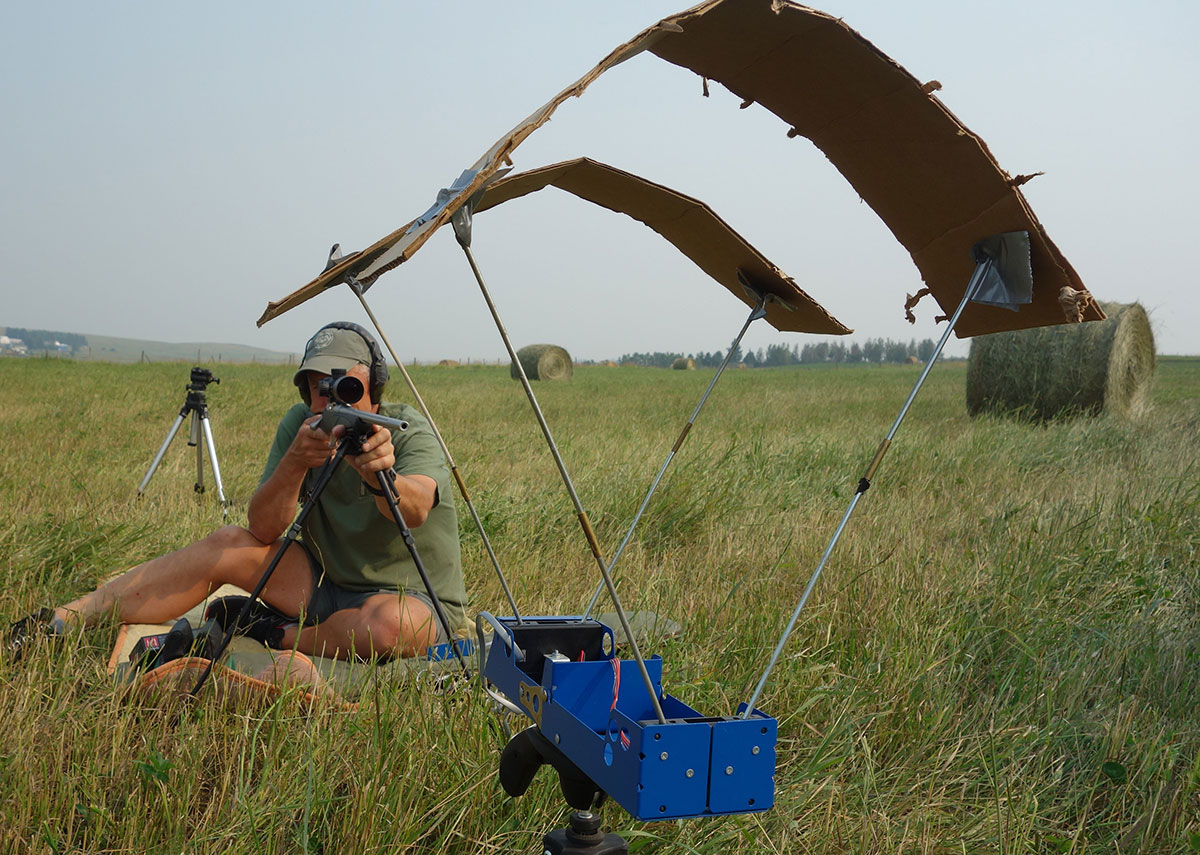
The 338 WM is more than capable up close and personal but you can stretch its legs out beyond 600 yards with a long-range bullet. It has an impressive 2,810 fps muzzle velocity with a 230-grain bullet and still maintains an impact velocity of 2,116 fps at 500 yards. The downside is that most long-range shooting is done from the prone position and in a light-weight rifle, you know you are shooting it. I would be remiss to leave this cartridge off of the list, but its appeal is limited to a small geographic region.
Absolutely, it’s possible to be a one-gun hunter and as you can see, depending on where you normally hunt and what your typical game is, there are several options. Being a one-gun hunter does allow you to spend more money on a single firearm and scope than you would on multiple rifles and it’s easier to become intimately familiar with your set up. Jeff Cooper wasn’t wrong.
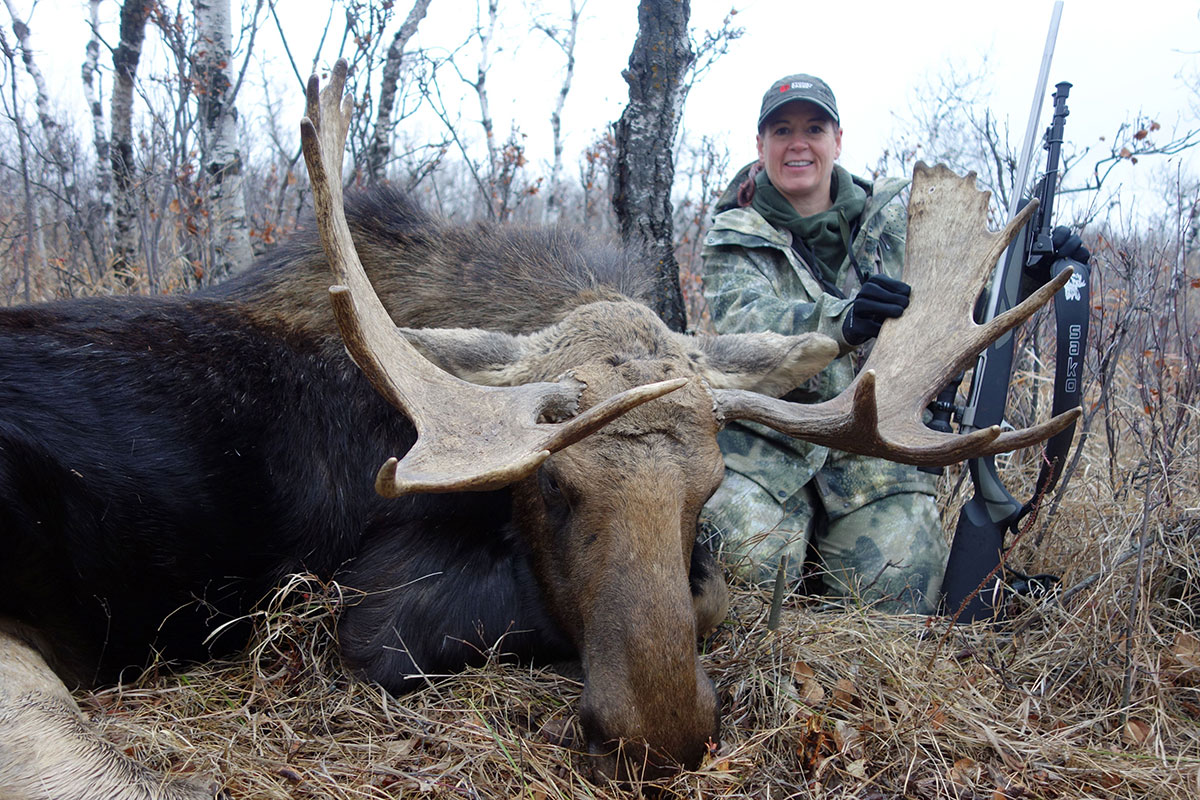
My Favorite Rife/Scope combination
My favorite all round combination is a Sako 90 Adventure in 300Win Mag with a 4-16×44 Ziess Conquest V4 on top. This is a “One Gun” for them all and will work on all big game in North America. Bullet choices are many and varied and allow you to have enough knock-down power to hunt every species you will encounter here.
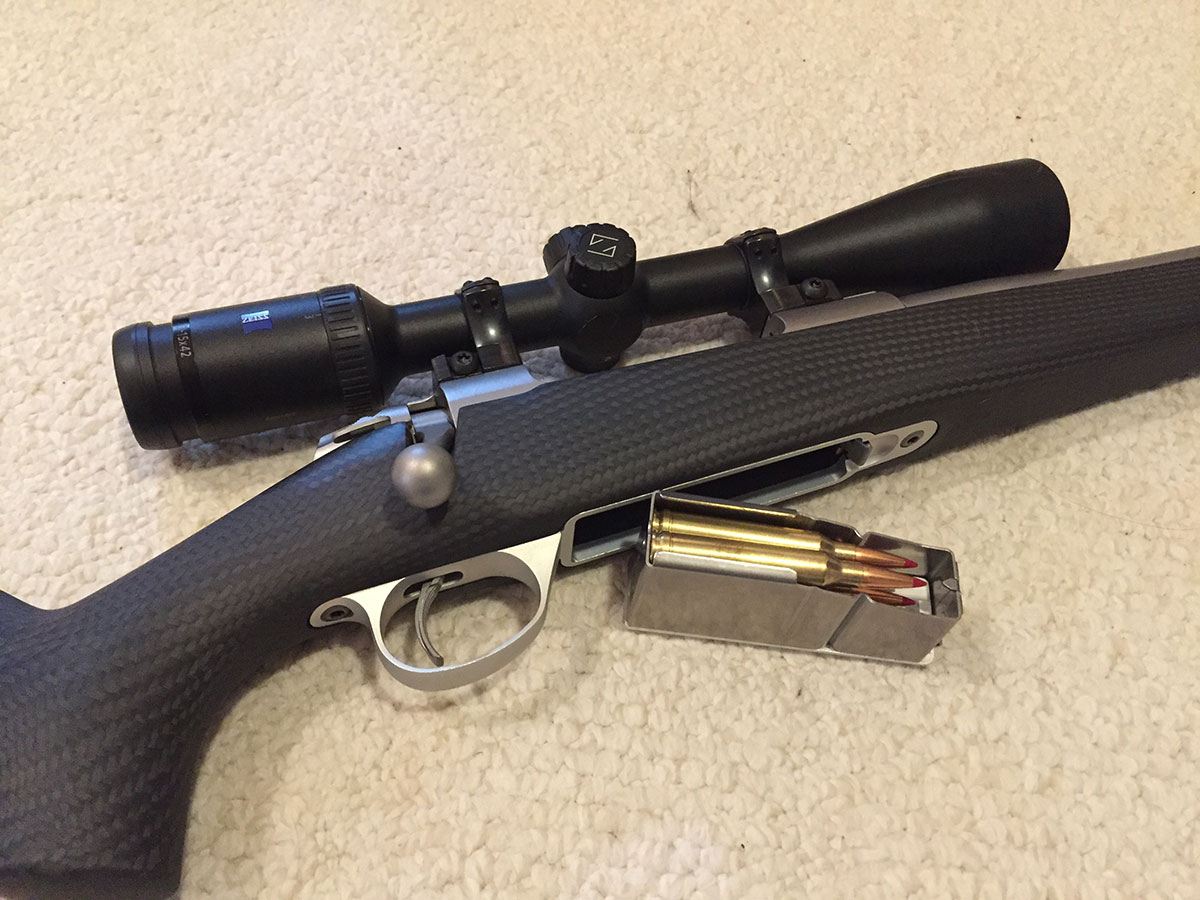
My Favorite Rifle options – Click on links below to purchase:
Tikka T3x Lite – Click to see Courtney Hungle review
Browning X-Bolt Composite Hunter
Ruger America Rifle Generation II
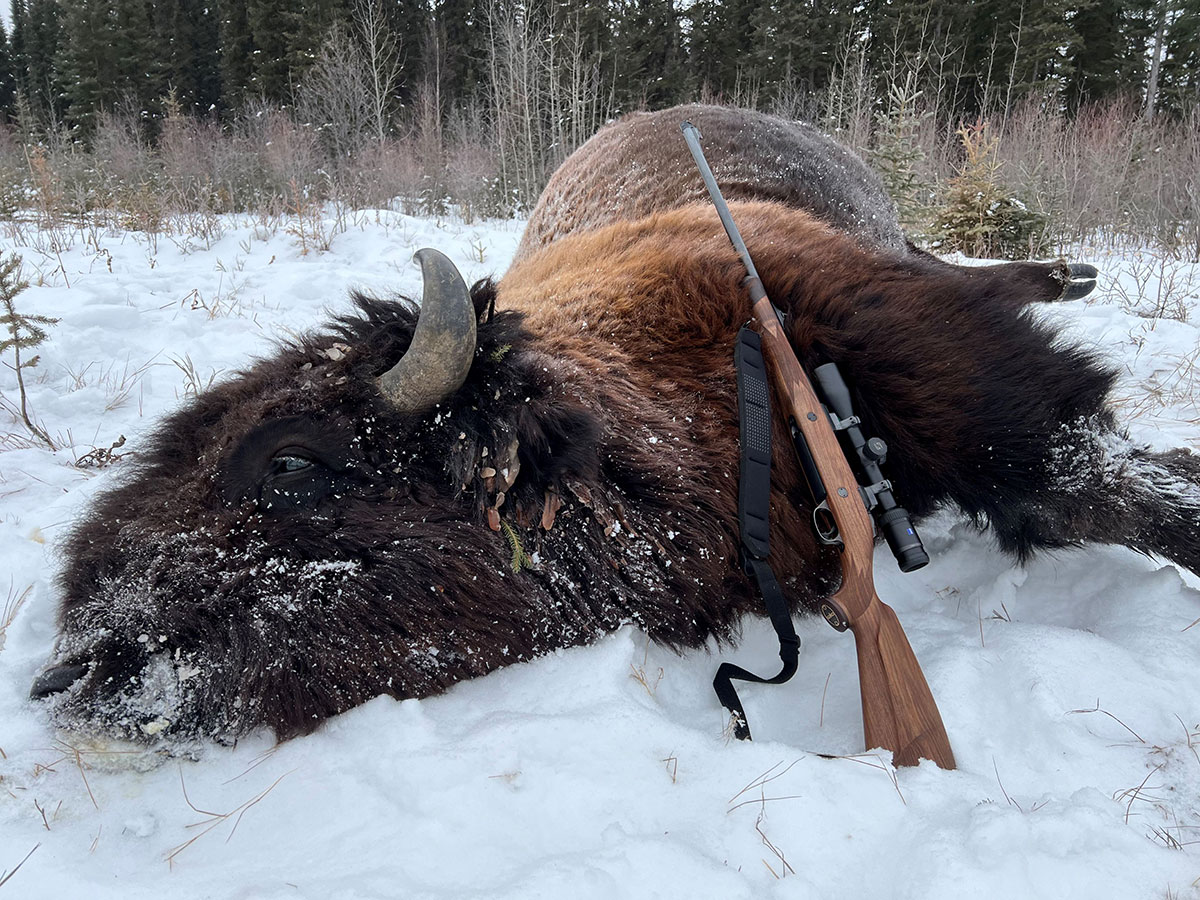
Per our affiliate disclosure, we may earn revenue from the products available on this page. To learn more about how we test gear, click here.



